One Year Only: Dodge Durango SRT Hellcat

Dodge continues to parade its buffet of power ahead of the July 4th weekend, announcing the most aggressive versions of its coupe, sedan, and SUV. While the 2021 Dodge Durango lineup happens to be last we’ll cover, we wouldn’t consider it the least important — especially in regard to sales. Most transactions will come via the standard Durango model, which receives a number of exterior enhancements and sweeping upgrades to its interior.
But it wouldn’t have been right for FCA to just leave us with a better SUV after showing us what could be done with the Challenger and Charger. So it crammed the Hellcat’s 6.2-liter V8 inside the Durango before calling it a day, satisfied that it had finally done enough for enthusiasts before emissions regulations manage to ruin their lives forever.
Despite your author’s personal taste for lower ride heights, the Durango SRT Hellcat seems a wise conclusion on the part of Fiat Chrysler. The New Jersey Turnpike has thrice presented me with a Jeep Grand Cherokee Trackhawk being piloted confidently through traffic. Either New Jersey has a sick obsession with ludicrously powered utility vehicles or there’s actually a market for this kind of automobile. Sadly, Dodge tells us it’s only available for the 2021 model year — after which it will no longer be emissions compliant for the segment.
Ah, progress.
But what are you really getting while the getting is presumably good? Quite a lot, actually. The Durango Hellcat makes the Ford Edge ST look like a baby’s toy by comparison. Its supercharged V8 makes a whopping 710 horsepower and 645 lb-ft of torque and sends it to all four corners of the vehicle via a Torqueflite 8HP95 8-speed automatic (same as Jeep’s Trackhawk).
That promises an exciting 0-60 time of just 3.5 seconds and quarter-mile runs of around 11.5 seconds. Speed hunters may find themselves gravitating toward the Charger Redeye we discussed earlier in the day, but anyone with more than a couple of kids will welcome the Durango’s superior interior volume and practicality. The SUV still goes 180 mph and will dust just about anything else that sidles up to you at a stoplight.
It’ll be a contender even if you’re hauling cargo, as it possesses a towing capacity of 8,700 pounds, though we cannot begin to imagine how that will impact fuel economy.
However, the Durango has made a few sacrifices in the name of performance. For one, Dodge nixed the fog lamps in favor of two cold-air intakes. The passenger side sucks air directly into the intake manifold while the driver’s side pulls it in for an upgraded oil cooler. Speaking of airflow, the SRT Hellcat also boasts the largest x-pipe Dodge could muster — claiming that it gives the model a truly distinct sound.
Aerodynamics have also been given a lot of attention. SRT fitted the Hellcat SUV with a functional chin spoiler, new front and rear fascias, and a rear spoiler that generates 140 pounds of downforce at top speed. While Dodge admits it was added to help with stability, engineers confessed it was mostly there to round out the aesthetics. They also recommend against trying to hit 180 mph on public roads.
Brakes and tires carry over from the 475-hp SRT Durango, though customers can opt for a set of 20-inch wheels and stickier tires as part of the black pack — which darkens trim pieces for that murdered-out look. Though even without the appearance pack it’s a more sinister-looking automobile. Dodge says all of the exterior changes were either done in service of improving performance or making it more closely resemble the Charger.
It also promises a more comfortable experience when you want it. Thanks to tuned internal rebound springs, coupled with a matched upper top mount, Dodge says the dynamic tuning range has been increased. That means setting the car in comfort mode should be more comfortable. Meanwhile, Dodge has added stiffness and reduced body roll in track mode — resulting in a more responsive turn-in with 2.5 percent less understeer at the limit.
The entire Durango line adopts an improved interior with Uconnect 5 and an optional 10.1-inch infotainment screen. We’ve very little bad to say about Uconnect lately (and have reviewed version 5 in the past). We primarily like it because it’s one of the most intuitive interfaces in the industry and forsakes gimmicky displays for superior functionality and customizability. The interior also has a more diver-focused orientation overall, with the manufacturer again taking cues from the Charger/Challenger.
Durango Hellcat models will also offer unique red accenting, specialty SRT touches and standard heated/ventilated seats with leather and Alcantara trim. But even more luxurious/gaudy red ones are available if you’re not a fan of understated interiors.
As with the Charger SRT Hellcat Redeye, Dodge will begin taking orders of the Durango SRT Hellcat in the fall. Showrooms should start seeing them in early 2021. If you want one, you’d best act early. As previously mentioned, FCA said it can only build these babies for one year before they’re technically illegal.

A staunch consumer advocate tracking industry trends and regulation. Before joining TTAC, Matt spent a decade working for marketing and research firms based in NYC. Clients included several of the world’s largest automakers, global tire brands, and aftermarket part suppliers. Dissatisfied with the corporate world and resentful of having to wear suits everyday, he pivoted to writing about cars. Since then, that man has become an ardent supporter of the right-to-repair movement, been interviewed on the auto industry by national radio broadcasts, driven more rental cars than anyone ever should, participated in amateur rallying events, and received the requisite minimum training as sanctioned by the SCCA. Handy with a wrench, Matt grew up surrounded by Detroit auto workers and managed to get a pizza delivery job before he was legally eligible. He later found himself driving box trucks through Manhattan, guaranteeing future sympathy for actual truckers. He continues to conduct research pertaining to the automotive sector as an independent contractor and has since moved back to his native Michigan, closer to where the cars are born. A contrarian, Matt claims to prefer understeer — stating that front and all-wheel drive vehicles cater best to his driving style.
More by Matt Posky
Latest Car Reviews
Read moreLatest Product Reviews
Read moreRecent Comments
- Brendan Duddy soon we'll see lawyers advertising big payout$ after getting injured by a 'rogue' vehicle
- Zerofoo @VoGhost - The earth is in a 12,000 year long warming cycle. Before that most of North America was covered by a glacier 2 miles thick in some places. Where did that glacier go? Industrial CO2 emissions didn't cause the melt. Climate change frauds have done a masterful job correlating .04% of our atmosphere with a 12,000 year warming trend and then blaming human industrial activity for something that long predates those human activities. Human caused climate change is a lie.
- Probert They already have hybrids, but these won't ever be them as they are built on the modular E-GMP skateboard.
- Justin You guys still looking for that sportbak? I just saw one on the Facebook marketplace in Arizona
- 28-Cars-Later I cannot remember what happens now, but there are whiteblocks in this period which develop a "tick" like sound which indicates they are toast (maybe head gasket?). Ten or so years ago I looked at an '03 or '04 S60 (I forget why) and I brought my Volvo indy along to tell me if it was worth my time - it ticked and that's when I learned this. This XC90 is probably worth about $300 as it sits, not kidding, and it will cost you conservatively $2500 for an engine swap (all the ones I see on car-part.com have north of 130K miles starting at $1,100 and that's not including freight to a shop, shop labor, other internals to do such as timing belt while engine out etc).




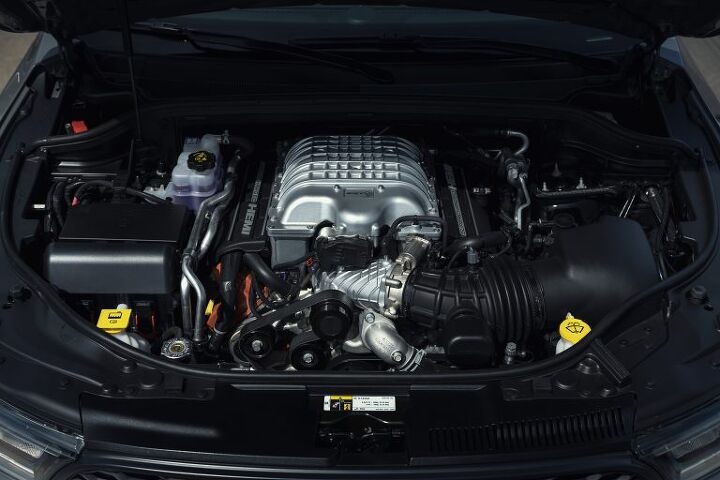


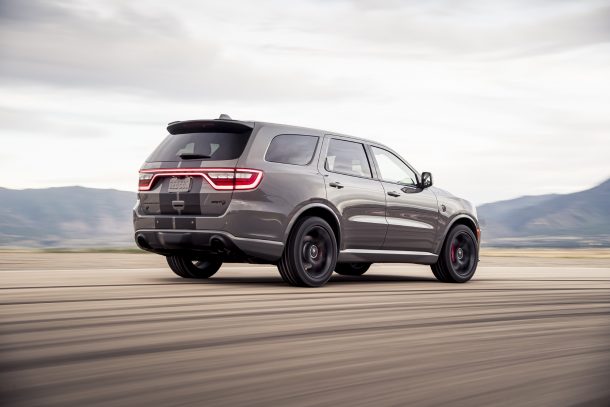














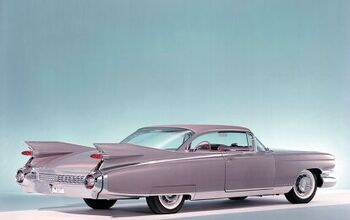
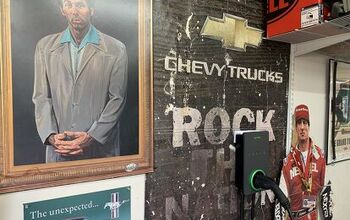

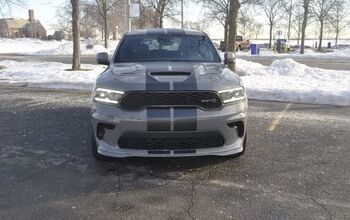
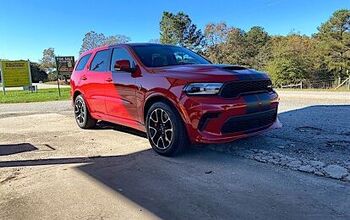
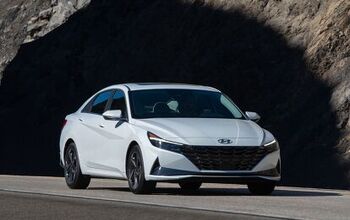
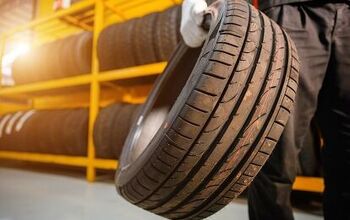
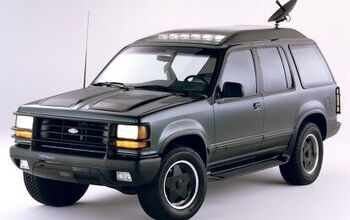

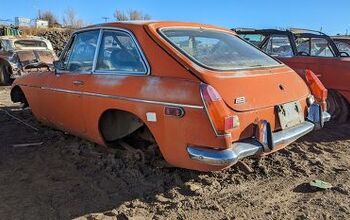
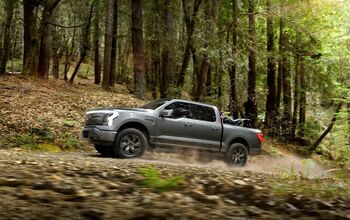
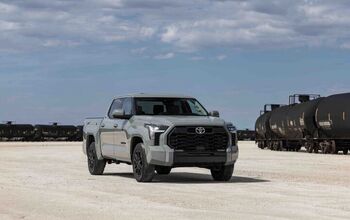
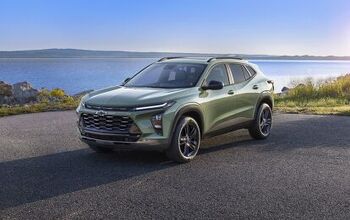
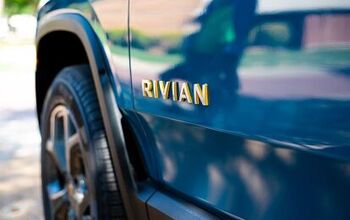
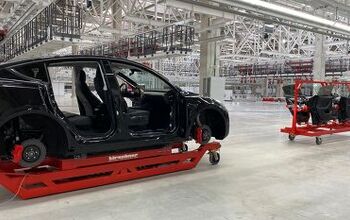
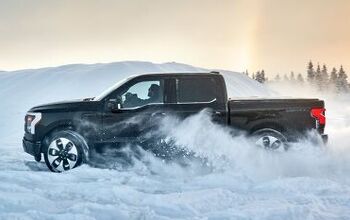
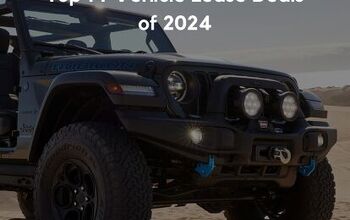
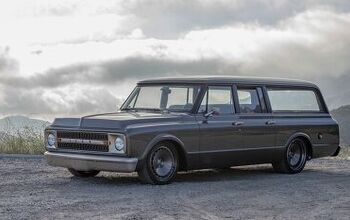
Comments
Join the conversation
Anyone who hates on this monster is not a true car person. The Durango Hellcat is absolutely fantastic and ticks about every box anyone could ever want. I love it and would consider it if I ran into a few bucks. I adore the Durango SRT, the Hellcat would be that much better!
I wish these came out earlier!